What is FM synthesis? The ultimate beginner's guide
We explain how frequency modulation synthesis works, and why you shouldn't be afraid of it
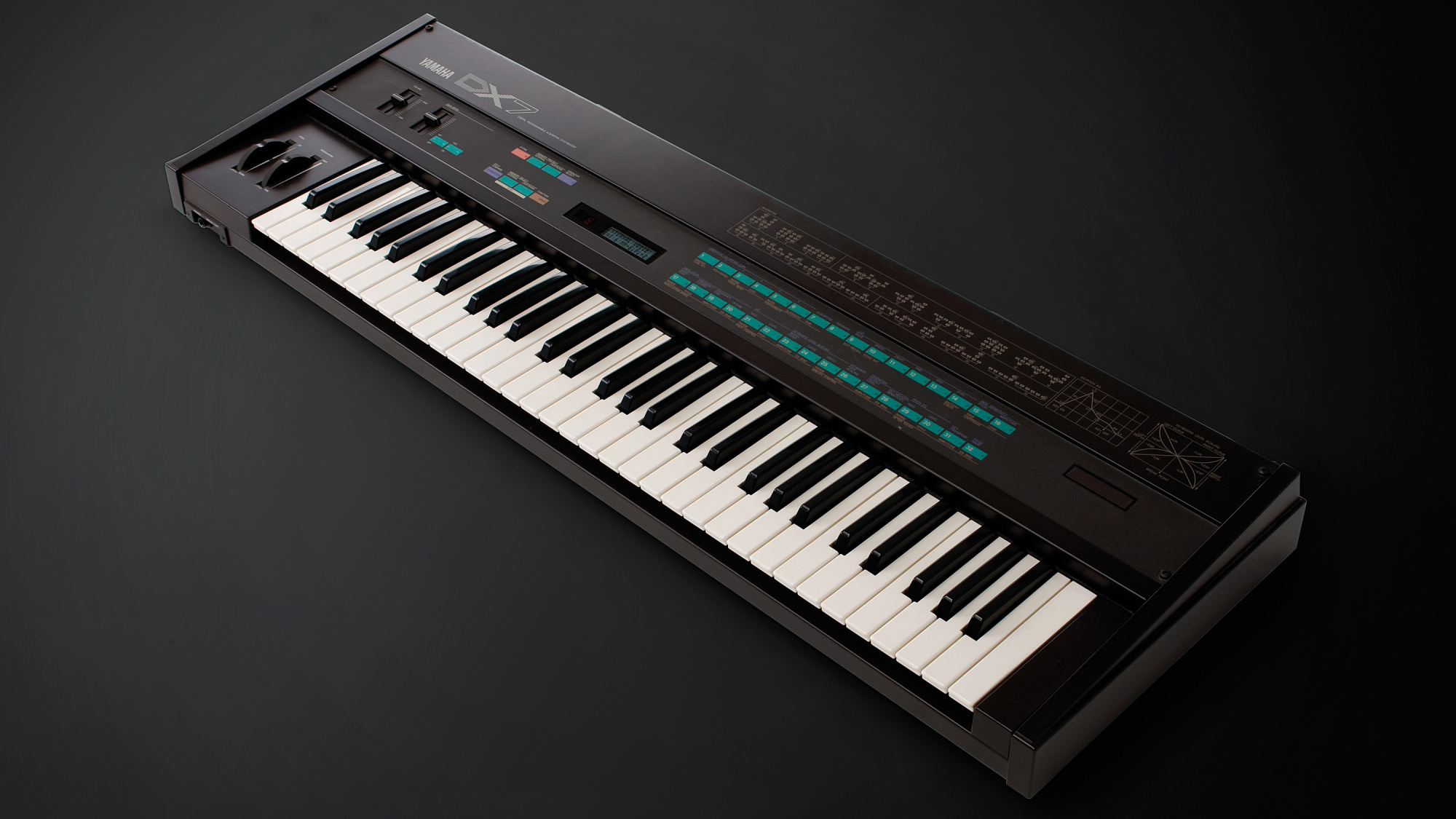
"Where did all the knobs and sliders go?" It's no wonder that Yamaha's DX7 (and little brother DX9) caused such an upset when they were released in 1983. Gone were all the familiar controls, being replaced by two lines of hard, non-squishy buttons and a single 'Data Entry' slider…
The reason for the change was because the DX7 used a whole new form of synthesis – FM synthesis – that meant that it could make a whole new type of sound. And look, there's 64 brilliant examples on board to get you started!
Except that's exactly where many DX7 owners stopped… Perhaps those sounds were just too good and couldn't be topped? More likely the grim, unflinching face of the DX7 and the abstract, frequently counter-intuitive nature of FM gave the whole affair a learning curve bordering on the vertical…
But it needn't be that way. Grasp a few FM basics and you can be on your way to programming your FM synth like Eno himself.
The basic principles behind FM are actually common in the analogue realm. Essentially, FM involves taking a simple waveshape - typically a sine wave - and altering its timbre by modulating it. If you’ve ever used an LFO to create vibrato by applying it to an oscillator’s pitch, then you’ve encountered a basic form of FM.
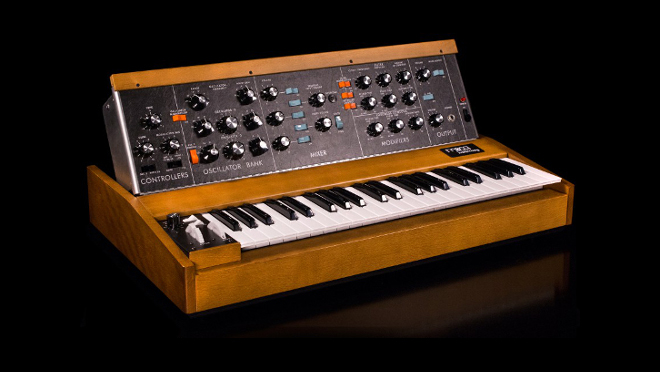
The difference is that FM synths use audio-rate (faster, audible) oscillators as opposed to the lower frequencies of an LFO. This audio-rate modulation is fairly common in the analogue realm too; synths like Arturia’s MiniBrutes, Moog DFAM or the IK UNO Synth Pro all let users create a simple form of FM by using one analogue oscillator to modulate the pitch of another.
So if FM is common to analogue synths in one form or another, why do we associate FM synthesis with digital instruments? Well, instruments that we’d typically call true ‘FM synths’ take this concept and run with it, using more complex routings as well as dedicated envelopes in order to finely adjust the relationship between each oscillator.
Get the MusicRadar Newsletter
Want all the hottest music and gear news, reviews, deals, features and more, direct to your inbox? Sign up here.
Because of the precise, stable tuning and complex processes required to make this work, it’s usually only possible with DSP-powered instruments.
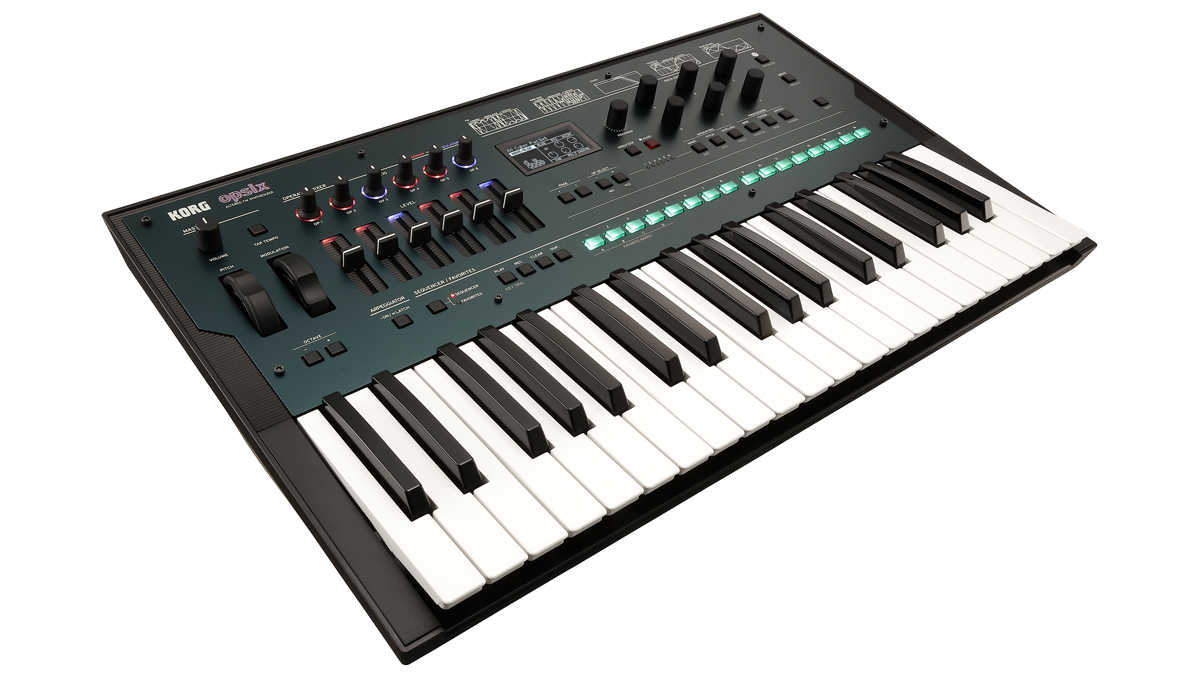
Let’s tackle some of that jargon. ‘Operators’ are essentially FM-speak for oscillators. In classic FM synths, these are usually sine waves, and the key difference between FM operators and analogue-style oscillators is that each operator has its own amp envelope, meaning it can be individually shaped before being routed to an output or to modulate another operator.
Operators divide into categories of ‘carriers’ and ‘modulators’. Carriers are operators routed to an output, meaning they’re heard in the finished sound, modulators are routed to modulate the pitch of a carrier, so we only hear the effect of their modulation, not an output from the modulator itself.
The arrangement of these operators is controlled by something known as an ‘algorithm’, which is essentially a map indicating which operators are assigned as carriers or modulators and where each is routed.
The other key difference between operators and their analogue counterparts is that their tuning is usually labelled as a ratio. These are harmonic ratios – ie, multiplying the incoming pitch by a certain number.
‘Tuning’ an FM operator to ‘2:1’ equates to ‘2x’ the pitch, meaning it’ll be an octave above an operator tuned to ‘1’. An operator tuned to 3:1 will be pitched an octave and a fifth above the original note; 4:1 gives you two octaves, and 5:1 gives you two octaves and a third.
These ratios, combined with the individual envelopes, are key to FM sound design. Modulate a carrier tuned to 1:1 by a modulator with a higher ratio and hear it add high frequency harmonic content.
Use the modulator’s envelope to introduce a slow fading attack or short decay, to hear how this creates changes to the sound over time.
When to use it
FM synthesis is often associated with metallic or ‘glassy’ sounds: eerie pads, bells and mallets. It’s great for bass, too - the stability and wide-tuning range of FM synths mean they can create seriously powerful low end.
It’s an underrated tool for percussion, too. The fact that each operator has its own envelope gives lots of control over the attack and decay elements of percussive sounds, which can be great for creating kicks, hats or metallic perc tones.
Three great FM synths
This setup we’ve described above is essentially that of Yamaha’s DX7 – probably the best-known FM synth of all time, and the one that brought the concept to mass market attention. Its 6-operator, 32-algorithm design is the blueprint used as the core of most FM synths today.
Modern hardware and software often builds on these ideas. Common enhancements include the ability to add more operators, change the operator waveshape or even – as in the case of things like Korg Opsix or Kilohearts Phase Plant – use alternative forms of modulation synthesis such as ring mod, phase distortion or wavefolding.
The DX7 was notoriously difficult to program, too. Thankfully, the new wave of FM synths that have emerged in recent years are far more user-friendly, allowing musicians to get hands-on for live tweaking and performance.
Elektron Digitone
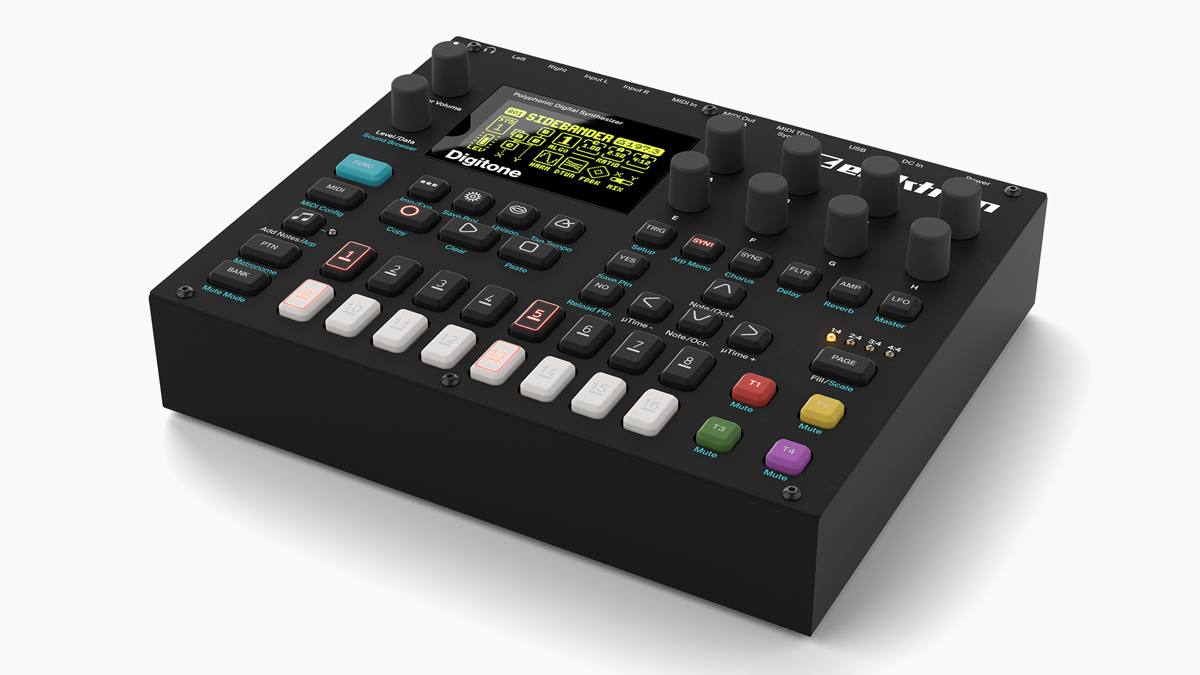
While its FM engine has only four operators, the Digitone is fully multitimbral, so can create four distinct FM voices at once. It’s paired with a creative step sequencer, which is great for inspiring patterns and lines. We particularly like the Digitone for FM drum programming.
Tracktion F.’em!
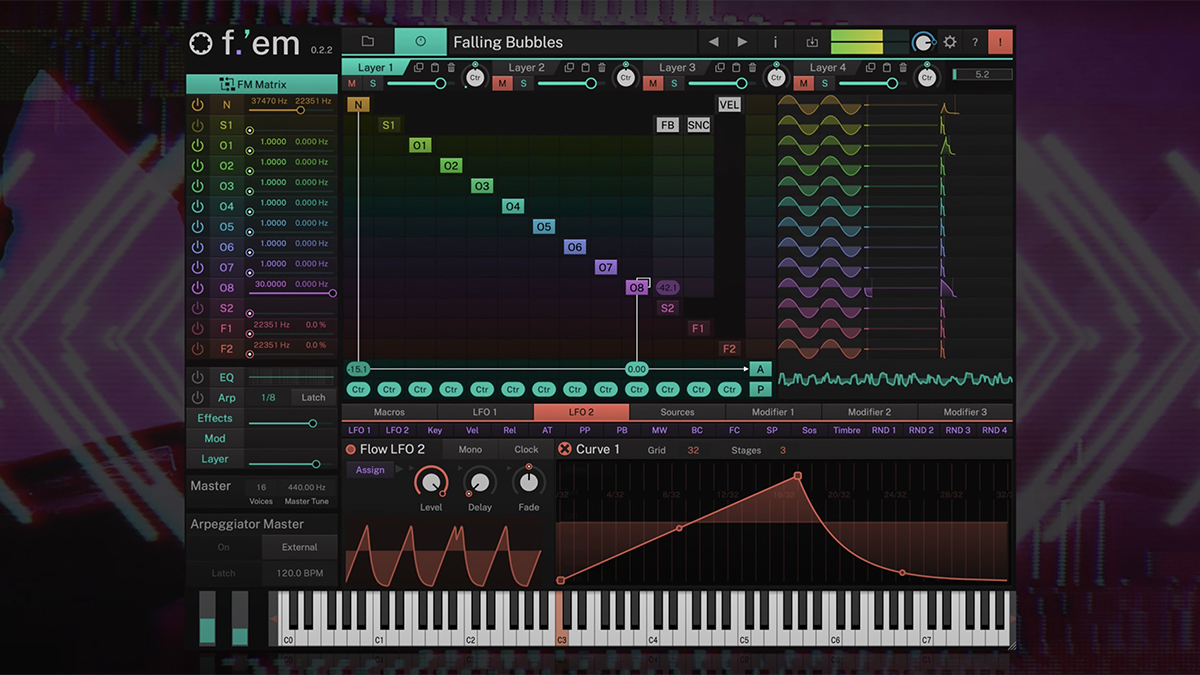
For a long time Native Instruments’ FM8 (and before that FM7) was the king of virtual FM synths. Tracktion’s recent release looks set to challenge for that crown, though, with a complex but well-organised FM engine combined with virtual analogue and sampled elements.
Korg Opsix
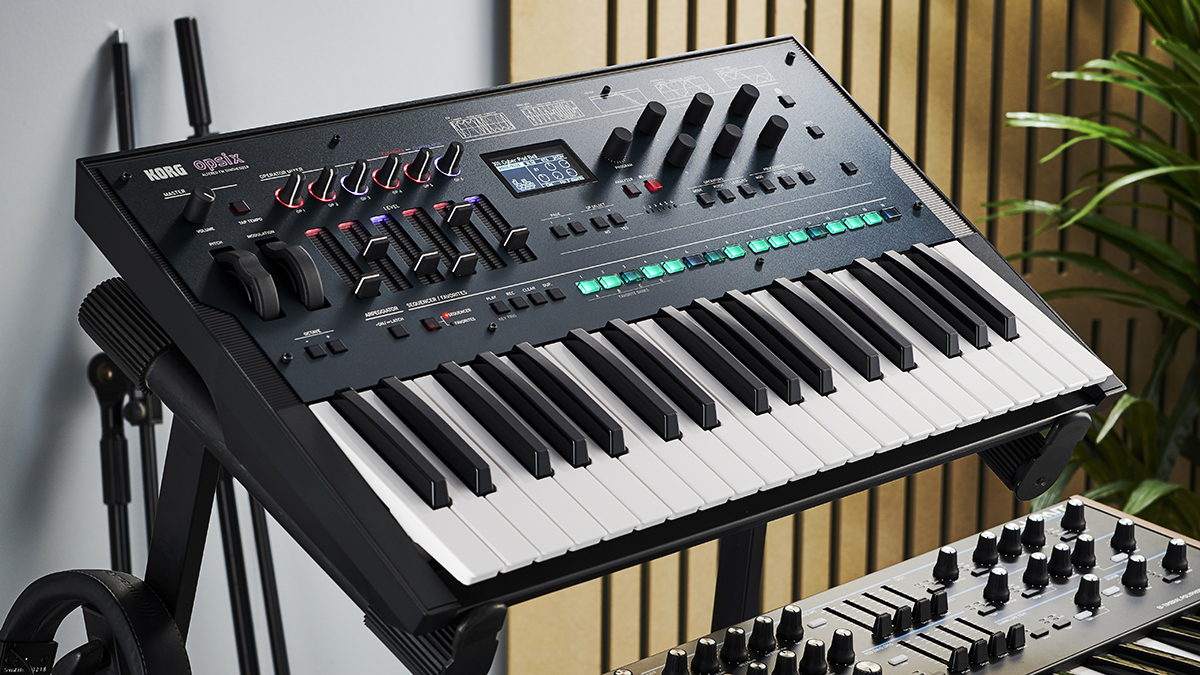
Opsix is easily the most intuitive hardware FM synth we’ve tried. Its sliders make blending and editing operators remarkably tactile. It goes beyond the classic DX7 format with multiple modulation modes, such as ring mod, filter mod and wavefolding.
The basics of FM
Let’s run through the basic elements of FM sound generation. We’ll use Tracktion’s dedicated FM plugin F.’em! But these principles are shared by any FM synth, including free DX7 emulation Dexed.
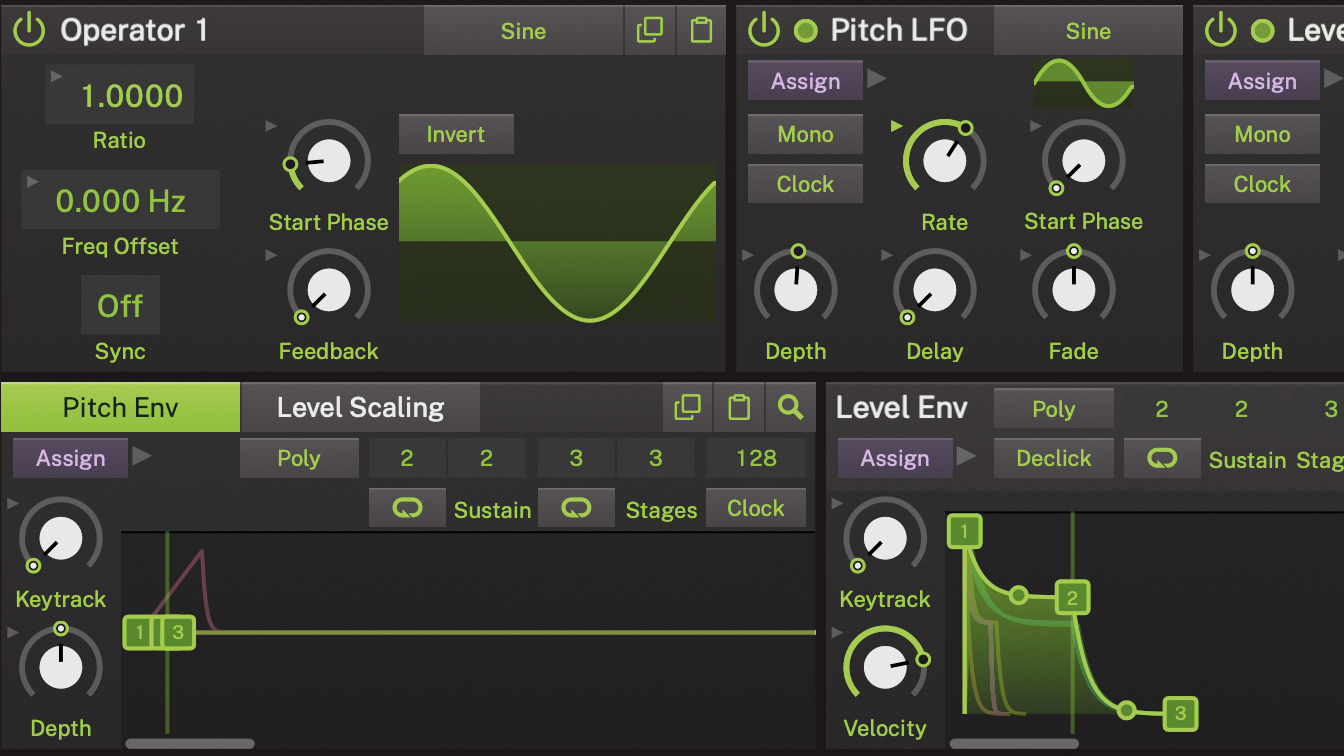
Step 1: FM synth oscs are called ‘operators’: a simple sound generator with tuning controls and amp envelope. Operators can be carriers, routed to the output, or modulators, routed to modulate a carrier, so we hear its effect on the carrier, not the operator itself. Operators can also be routed to the output and a carrier at once.
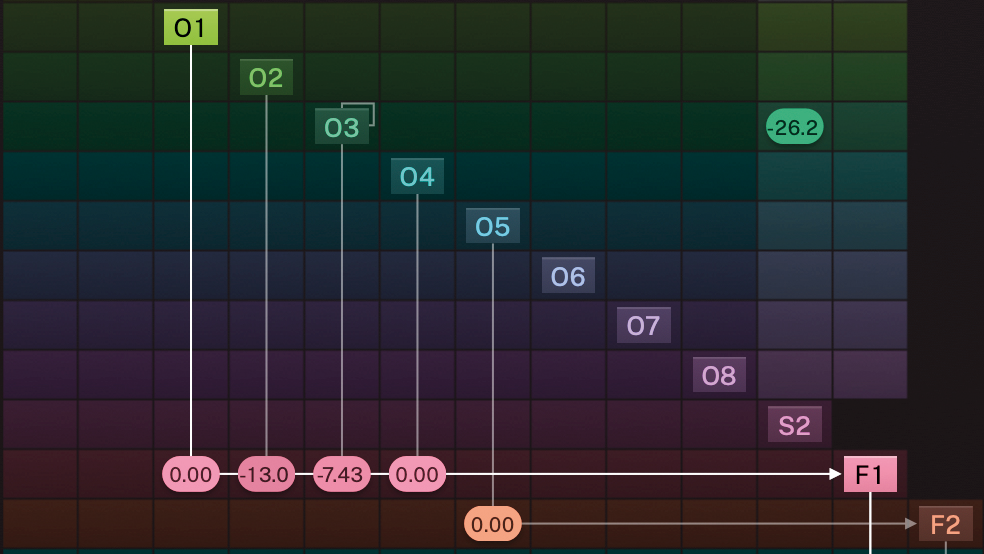
Step 2: Routing of operators is handled either by an ‘algorithm’ – a preset selection of routing configurations – or a matrix, which allow users to assign routings freely. Try a single carrier and modulator, then add more. Even if an algorithm uses all of a synth’s operators, you can turn off or reduce the level of those you don’t require.
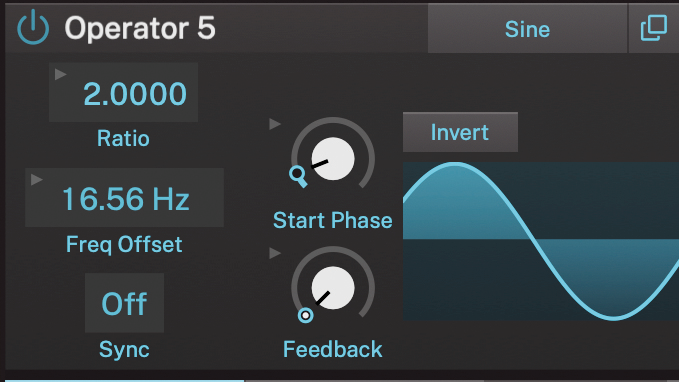
Step 3: Operator pitch is a ratio. Above 1.00 multiplies the root pitch (for a higher pitch), and below 1.00 divides the pitch (for a lower note). Set your carrier to 1.00 and try modulating it with higher/lower pitched operators to see the effect. Operators have a fine/freq tuning parameter, letting you adjust tuning by Hz and deviate from neat multiples of the base pitch, for detune effects.
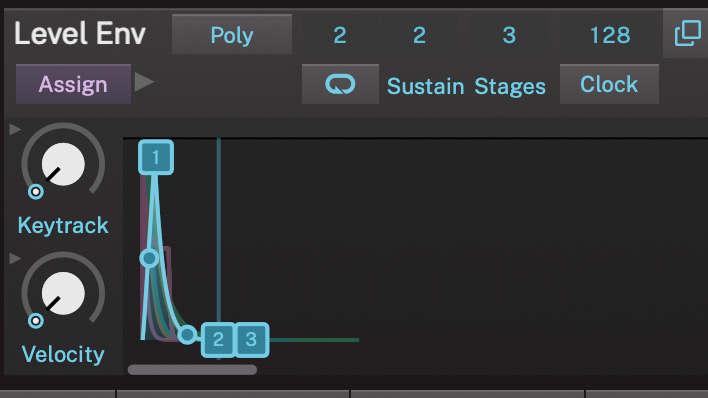
Step 4: Adjusting the amp envelope of a modulator lets us create changes to a sound over time. Try modulating your carrier with an operator with a high ratio (maybe 6:00), and set the modulator’s envelope to have an immediate attack and short decay. The result adds a percussive ‘attack’ element to the main sound.

Step 5: To take things further, try using another operator to modulate an existing modulator. This can add further harmonic complexity and change the relationship between operators over time. FM synths allow feedback too – this lets an operator modulate itself. In practice this has the effect of turning a simple sine into a saw wave.


Future Music is the number one magazine for today's producers. Packed with technique and technology we'll help you make great new music. All-access artist interviews, in-depth gear reviews, essential production tutorials and much more. Every marvellous monthly edition features reliable reviews of the latest and greatest hardware and software technology and techniques, unparalleled advice, in-depth interviews, sensational free samples and so much more to improve the experience and outcome of your music-making.










